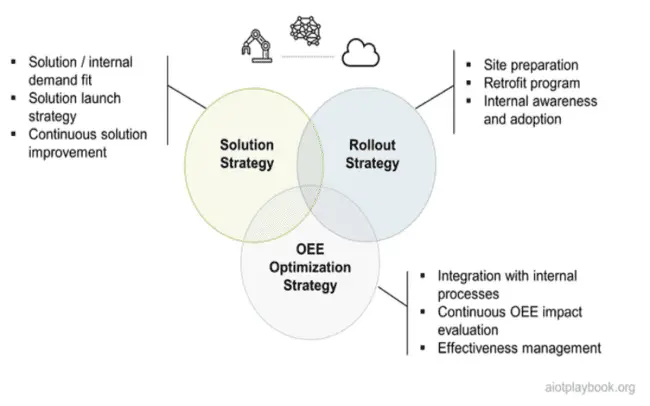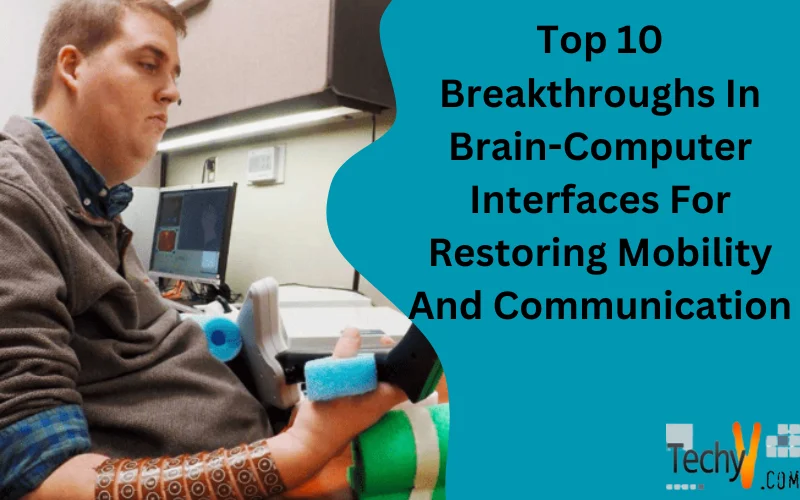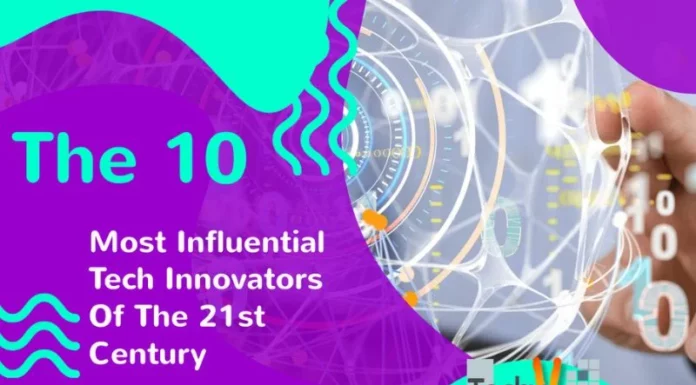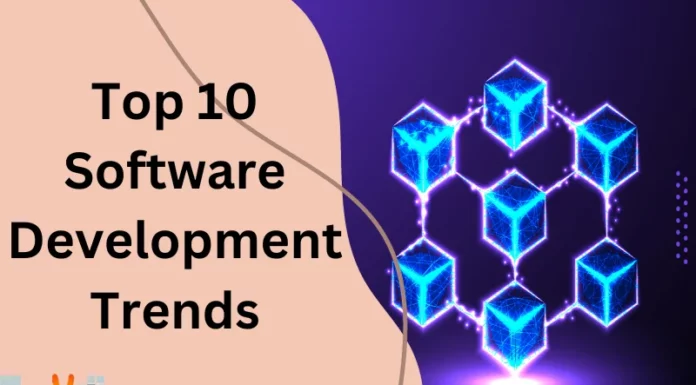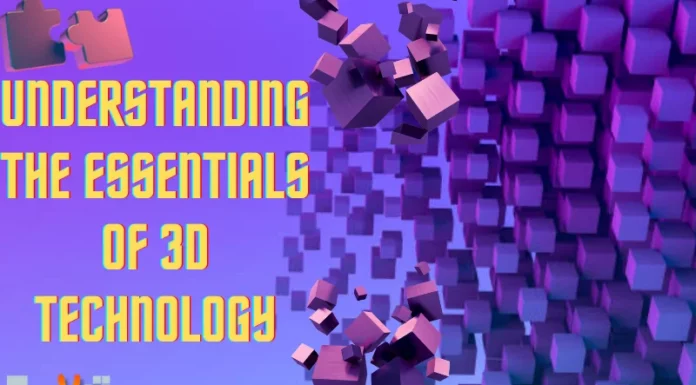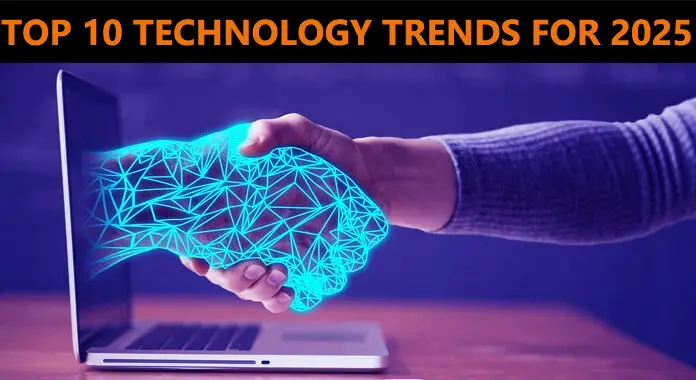Brain–computer interface (BCI) systems are a fast-growing technology consisting of hardware and software communication systems that control various external devices through our brain activity. An important application of BCI technology is to give help and assist disabled people like paralyzed patients. Many uses of BCI-related technology are in medical applications, and nonmedical applications like gaming and device control have also been developed for commercial use. This article consists of the basic concepts of BCI. We will discuss the Top 10 Breakthroughs in Brain-Computer Interfaces for Restoring Mobility and Communication.
1. Pioneering BCI Technology
BCIs may replace lost functions, such as speaking or moving. They may restore the ability to control the body by stimulating nerves or muscles that move the hand. BCIs have also been used to improve functions, such as training users to improve the remaining function of damaged pathways required to grasp. BCIs can also enhance function, like warning a sleepy driver to wake up. Finally, a BCI might supplement the body’s natural outputs, such as through a third hand.
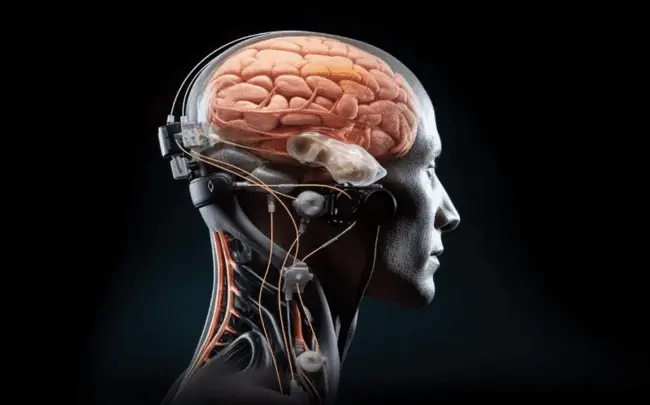
2. Non-Invasive BCIs
Noninvasive BCIs record information from sensors placed on or very close to the head. No surgery is required to implant recording devices, and noninvasive BCIs do not use any painful or hazardous methods.
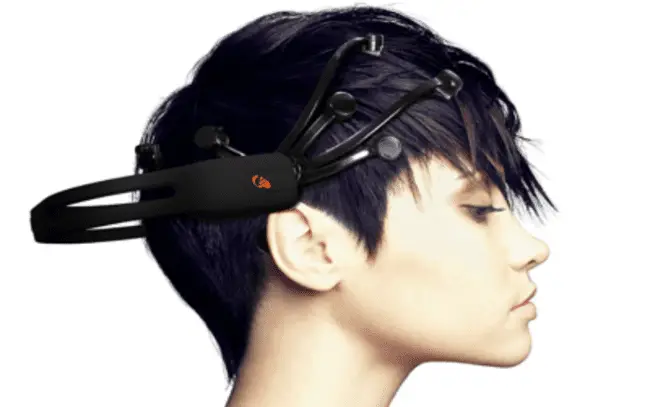
3. Restoring Limb Movement
Bidirectional brain-computer interfaces (BCIs) make use of neural recordings to restore movement while conveying somatosensory information back to the user through direct stimulation of the nervous system. Decades of Research on motor control have enabled impressive demonstrations of brain-controlled arm and hand movements in people with paralysis. Furthermore, recent efforts to restore somatosensation have shown that intracortical microstimulation of the somatosensory cortex can generate focal, graded, and digit-specific sensations after chronic spinal cord injury.
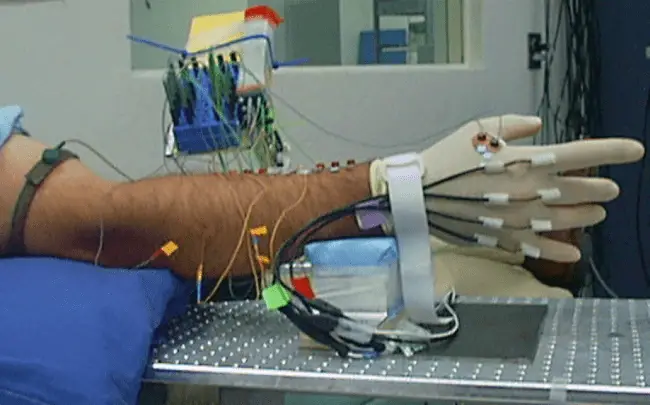
4. Augmentative And Alternative Communication (AAC)
AAC is a way of communication method that can augment or can help with the impairment and disability patterns experienced by people with severe expressive communication difficulties. People who can’t speak or write face various problems and AAC includes all of the person’s communication skills, including whatever spoken or vocalizations they may already use, gestures, or manual signals. AAC is genuinely multimodal, allowing users to communicate in whatever way they want.
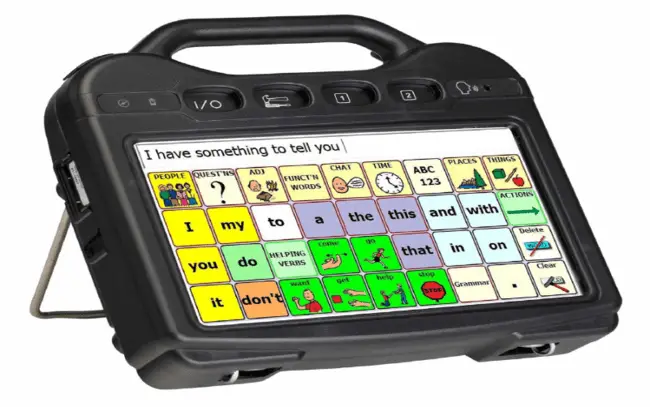
5. Neural Bypass Systems
To operate neuroprosthetic robotic devices using intracortical activity patterns, utilising these signals has not yet been possible to cause the muscles in the paralyzed limb to contract. A high-resolution neuromuscular stimulation device is used in this case which makes the person’s motor cortex collected using an intracortical electrode microarray. Decoded into various strands having different structures.
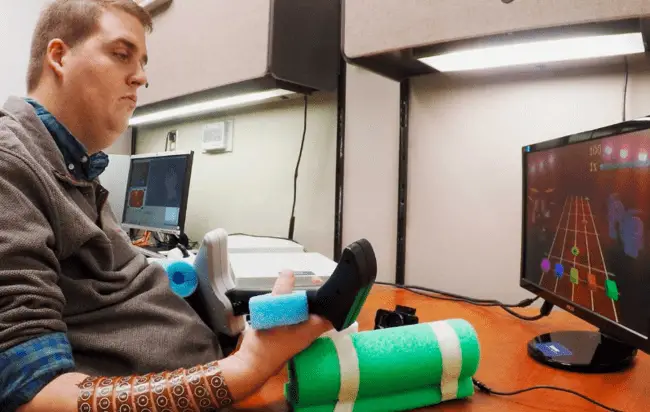
6. Closed-Loop BCIs
A closed-loop BCI by definition, is a device that reads from the brain rather than other parts of the nervous system. It lessens epileptic seizures by identifying patterns in seizures in the brain and then taking action to calm them. Biofeedback from heart rate or breathing rate, reading from EMG or other peripheral nerves, therefore, does not qualify as a closed-loop BCI.
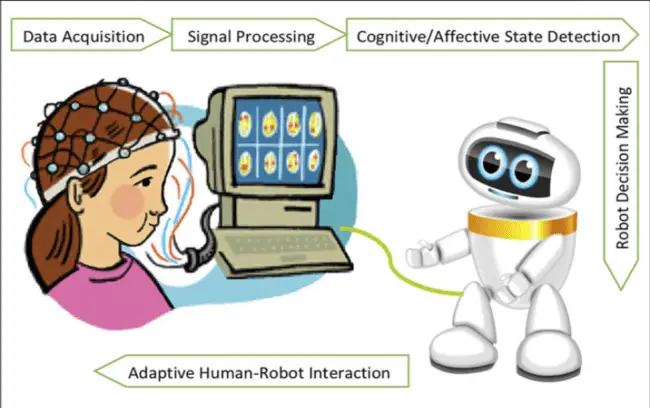
7. Mind-Controlled Prosthetics
The human brain controls arm and hand movement through a variety of peripheral nerves that go from the spinal cord to every arm and hand muscle. According to a study, the brain continues to transmit electrical signals down those nerves years after an amputation to control the muscles in the phantom limb. A prosthetic hand may be operated using recordings of these signals.
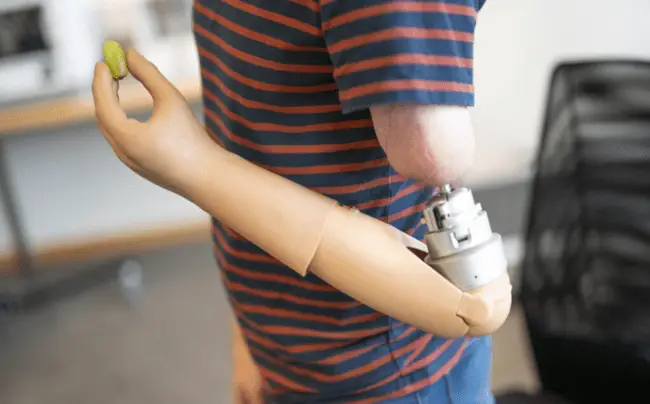
8. Deep Learning And Artificial Intelligence
Artificial intelligence or AI technology by which machines think and work like humans. Artificial intelligence has been used in various aspects of life, such as health, education, and whatnot. Artificial intelligence is surely the future of technology. It is used to make smart machines that learn from their environment and make decisions solely. Machine learning is a technology that lets machines learn Data to improve performance and work on a set of tasks. It acquires data from a previous subset and uses it to predict the outcomes. It’s a way by which machines can think like humans.
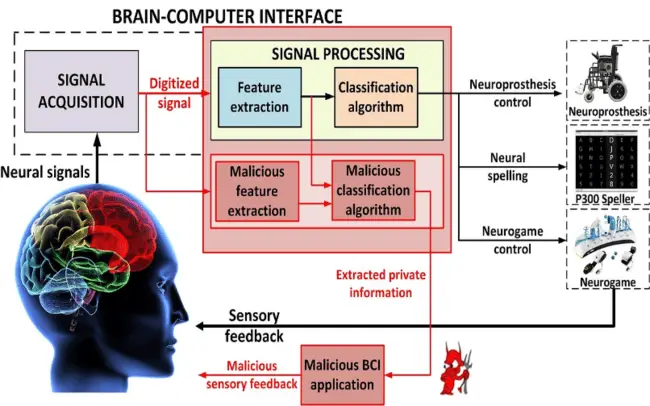
9. Brain-Controlled Wheelchairs
Brain-controlled wheelchairs are getting a lot of attention these days. Have you ever wondered how easy it would be for disabled persons just to operate the wheelchair with their minds and no extra work is to be done? It turns out to be helpful for the disabled and paralyzed patients who have lost their power t move but can sense and control things from their brains.
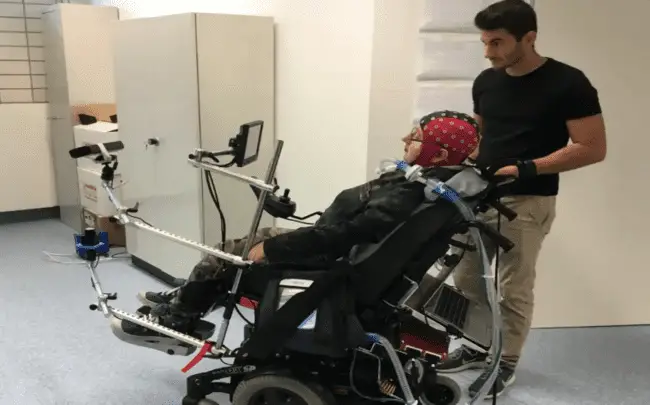
10. Scalability And Commercialization
Scalability is the capacity of an entrepreneur to create a system that can accommodate an increase in demand without negatively impacting economic performance. So, a fresh, inventive company may also be referred to as entrepreneurial scalability. Various companies now work on scaling their developments.
